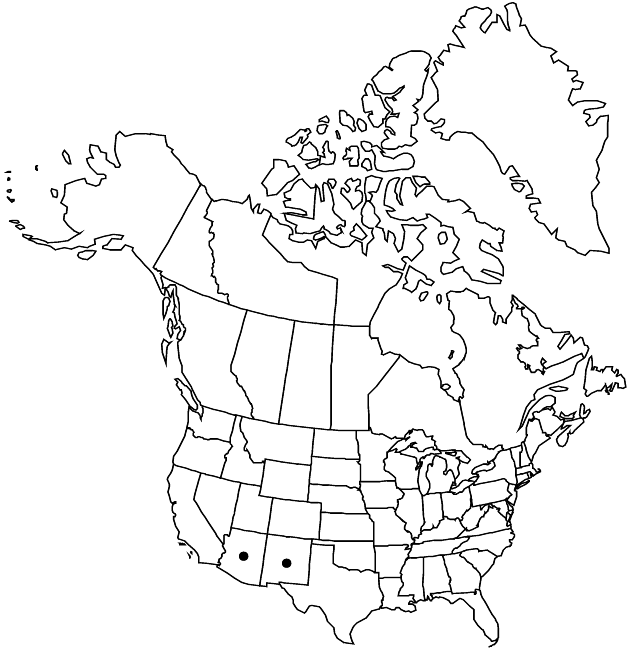Townsendia formosa
Leafl. Bot. Observ. Crit. 1: 213. 1906.
Biennials or perennials, 10–35 (–75+) cm (usually rhizomatous and/or stoloniferous). Stems erect; internodes (5–) 10–15 (–35) mm, strigillose. Leaves basal and cauline, blades spatulate to oblanceolate or lance-linear, 15–45 (–75+) × 2–10 (–20) mm, not fleshy (margins strigoso-ciliolate), glabrous or glabrate. Heads at tips of stems (seldom surpassed by leaves). Involucres ± hemispheric or broader, 12–18+ mm diam. Phyllaries 30–45 in 4–6+ series, the longer obovate to lanceovate or lanceolate, 10–12 (–14) mm (l/w = 3–5), apices obtuse to acute (some or all hard, ± apiculate), abaxial faces sparsely strigillose or glabrous. Ray-florets 20–34+; corollas usually white or pinkish adaxially (abaxially blue to lavender), laminae 10–15 (–25+) mm, glabrous abaxially. Disc-florets 80–150+; corollas 4 mm. Cypselae 3–4 (–5) mm, faces glabrous or ± stipitate-glandular, hair tips not forked or glochidiform; pappi persistent, each a bidentate corona 0.1–0.4 (–0.8) mm. 2n = 18.
Phenology: Flowering Jul–Aug(–Sep).
Habitat: Meadows, yellow-pine forests
Elevation: 2400–2600 m
Discussion
Selected References
None.
Lower Taxa
"broader" is not a number.
